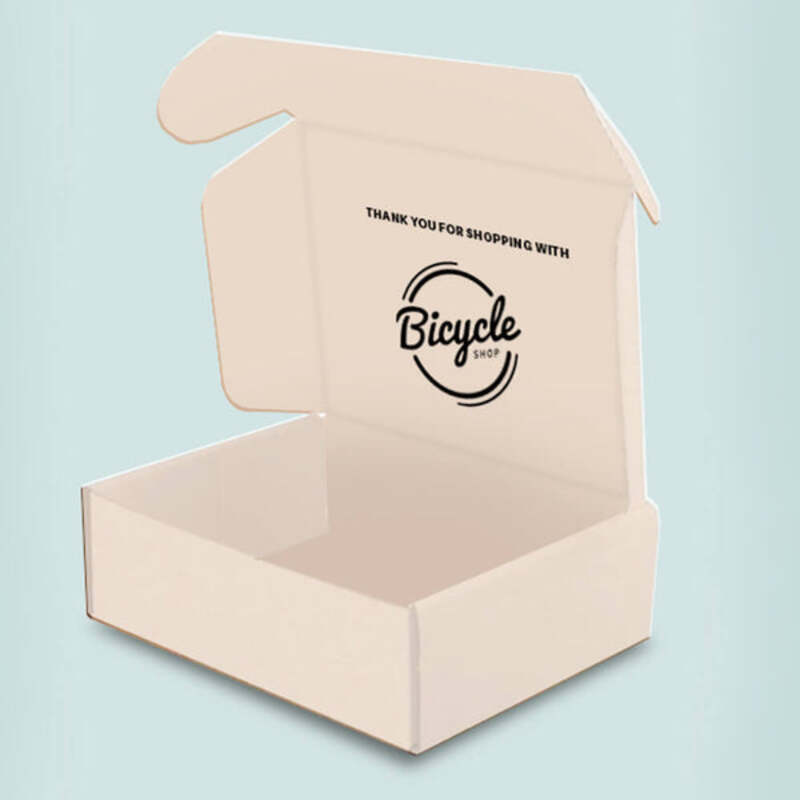The Rise of Disposable Food Packaging A Double-Edged Sword
In today's fast-paced world, convenience often takes precedence over sustainability, leading to an increasing reliance on disposable food packaging. From fast food restaurants to supermarkets, disposable containers, wraps, and utensils are ubiquitous, making our lives easier but also raising pressing environmental concerns.
The Appeal of Disposable Food Packaging
Disposable food packaging has revolutionized the way we consume food. Its primary appeal lies in its convenience. For busy individuals and families, pre-packaged meals and snacks allow for quick preparation with minimal cleanup. This functionality has transformed dining habits, encouraging a culture of on-the-go eating and reducing the time spent on meal preparation. Moreover, businesses benefit from disposable packaging as it not only reduces labor costs associated with washing and reusing dishes but also minimizes the risk of contamination, ensuring food safety.
In addition to convenience, disposable packaging often offers aesthetic appeal. Brightly colored packaging attracts consumers, making products more enticing. The use of clear plastic containers allows customers to see the products, enhancing the overall shopping experience. From eco-friendly materials to innovative design, packaging has transcended mere functionality to become a marketing tool that can influence consumer choices.
The Environmental Impact
However, the convenience of disposable food packaging comes at a significant environmental cost. A substantial portion of the waste generated by modern consumerism is attributable to single-use plastics. These materials, often used in food packaging, are not biodegradable and can take hundreds of years to decompose. As a result, they accumulate in landfills and oceans, leading to severe repercussions for wildlife and ecosystems.
The impact of disposable packaging extends beyond mere waste. The production of plastics is resource-intensive, often involving fossil fuels that contribute to climate change. Moreover, many countries lack adequate recycling infrastructure, which means that a majority of disposable packaging ends up incinerated or discarded improperly, further aggravating pollution issues.
disposable food packaging

Shifting Trends Towards Sustainability
Recognizing these challenges, consumers and businesses are beginning to shift towards more sustainable practices. The demand for eco-friendly packaging options has surged, with companies exploring biodegradable materials, compostable options, and reusable containers. Innovations such as edible packaging and plant-based materials are emerging, aiming to reduce the environmental footprint associated with traditional disposable packaging.
Retailers are also adapting to meet consumer preferences. Many grocery stores are introducing bulk bins, encouraging customers to bring their containers and reduce reliance on single-use packaging. Restaurants are increasingly offering incentives for customers who opt for takeout in their own containers, promoting a more sustainable approach to dining.
Regulatory Measures
Governments around the world are recognizing the need for regulation to curb the use of single-use plastics. Many cities and countries have implemented bans on plastic straws, bags, and takeout containers, encouraging the adoption of sustainable alternatives. These measures not only aim to reduce litter but also catalyze a cultural shift towards environmental responsibility.
While regulations are a step in the right direction, they require collaboration between consumers, businesses, and governments to be effective. Awareness campaigns can educate the public about the environmental impacts of disposable food packaging, empowering individuals to make informed choices.
Conclusion
The debate surrounding disposable food packaging encapsulates the broader struggle between convenience and sustainability. While disposable packaging offers undeniable benefits in terms of convenience and efficiency, it also poses significant risks to our environment. As we move forward, it is crucial to strike a balance between the two, embracing innovations that reduce the ecological impact of our consumption habits. By prioritizing sustainable packaging solutions, we can enjoy the convenience we crave while taking significant steps toward protecting our planet for future generations. It is a collective responsibility that requires commitment from individuals, businesses, and policymakers alike to foster a cleaner, healthier, and more sustainable world.



